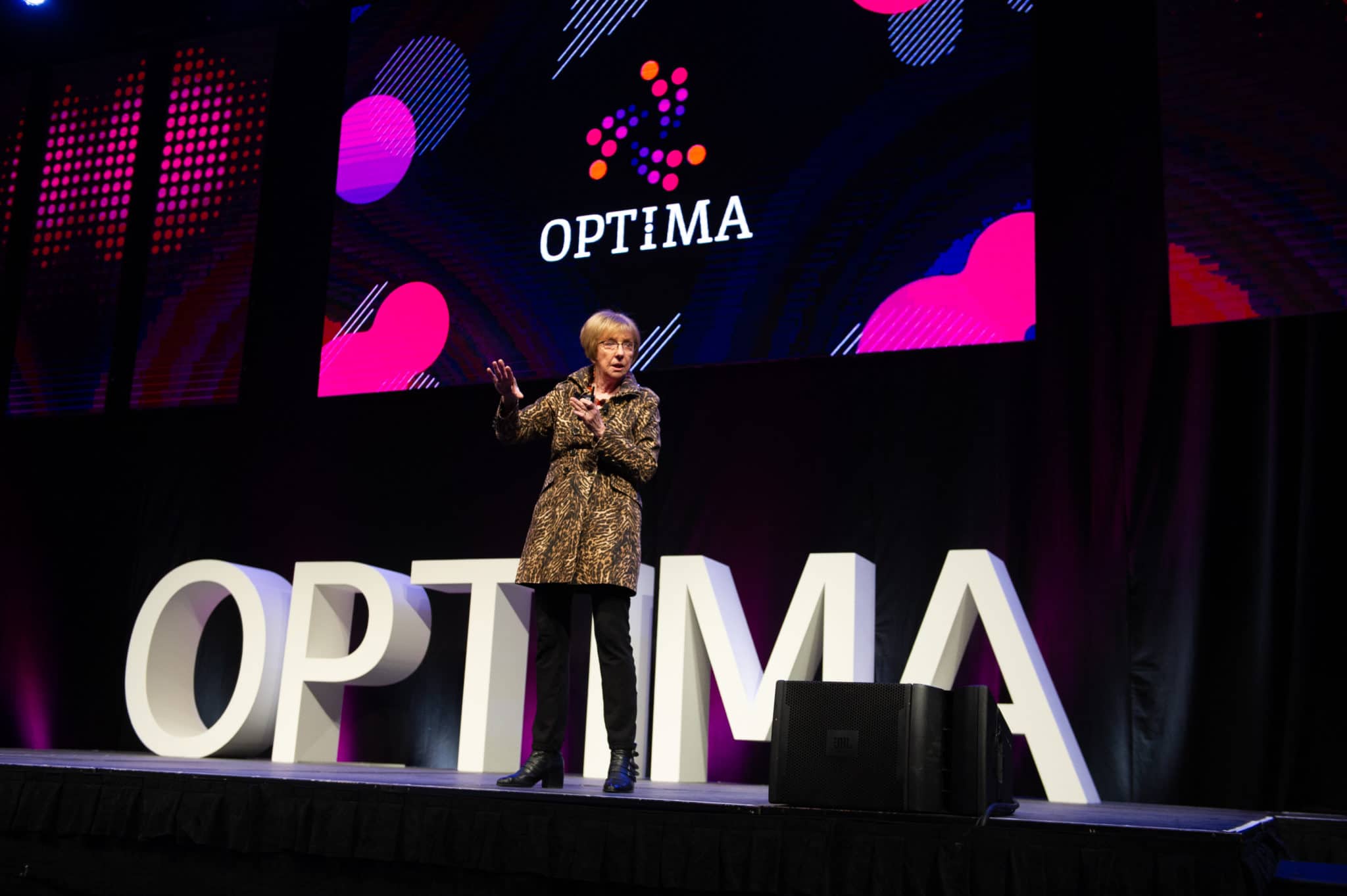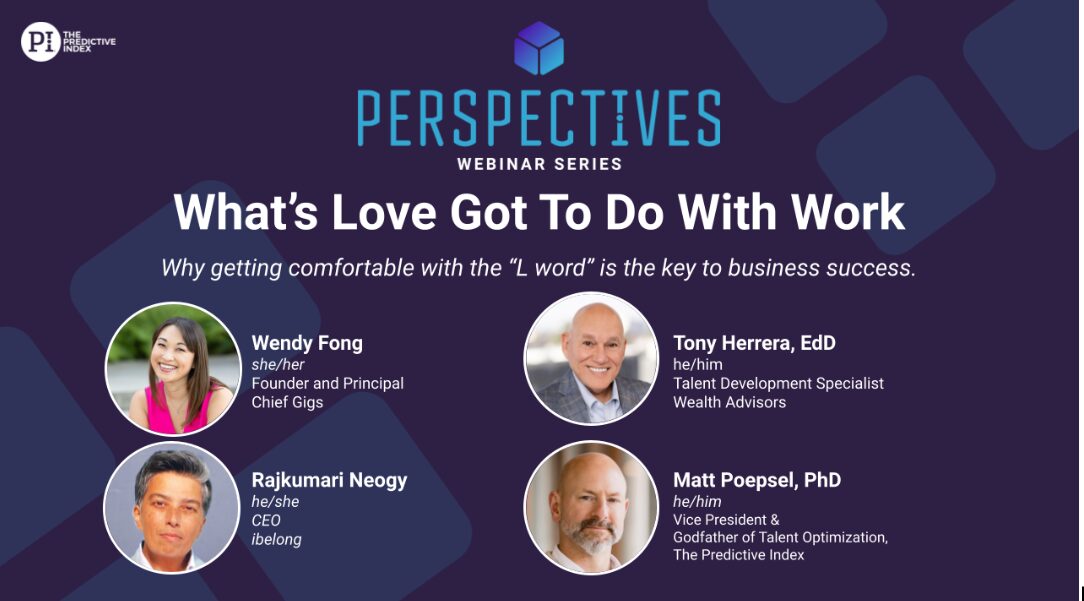What could you learn from an hour with Lynda Applegate, American economist and Harvard Business School professor?
The honest answer is “a lot.” Applegate gave a keynote at the 2019 OPTIMA conference—and attendees took pages of notes.
Here are some highlights from her talk:
Building a business is like playing a team sport.
Applegate began her presentation with an analogy: Building a business is like playing a team sport.
Imagine you’re playing soccer (or football, if you live outside the U.S.). You have different positions: goalkeeper, defender, midfielder, and forward. Each of these positions is necessary and serves a purpose in achieving the goal: winning the game. However, each position plays a specific role to do so (e.g., keep the opponent from scoring, move the ball up the field, score a goal).
In the business world, your company has a goal (your version of “winning the game”), but each member of your executive team has a different part to play. Some will be creating long-term vision and strategy. Others will be executing short-term, tactical strategies.
To succeed in business, you need to understand your role and the role of others on your team—as well as the capabilities needed to win. Just like you can’t win a game of soccer with just defensive players, you can’t win at business with only tactical—or only strategic—leaders.

Look for what’s changing—not what stays the same.
If you’ve ever watched the kickoff at the beginning of a soccer match, you may have noticed that the first thing players tend to do is pass back. From there, they make small passes while looking across the field to see how the play is developing—and predict how it will develop in the future.
What the players are doing is simple: They’re looking for what’s changing. What variables are at play? How might those variables impact their ability to score?
Similarly, in business, you need someone looking ahead at the changing landscape and considering the following questions:
- How is your industry changing?
- How is technology changing in your field?
- What disruptions are on the horizon?
Who’s looking to the future?
In sports, you put players where they’ll be the biggest asset to the team. In business, you do the same thing: You put people where they can be most valuable to the company.
But just like you wouldn’t start a soccer match missing a player, you need to make sure you’re not leaving out critical employees for your business.
You need people focused on operational metrics. You need people who can align on strategy and figure out what you’re doing in the future. And you need someone to make sure you don’t drop the ball. As Applegate noted, “You can’t afford critical failure factors—especially around customers or big outside relationships.”
Create a framework for success.
Applegate shared that frameworks give you a way of stepping back and reading the field. They can help you see what’s working—and what’s not. The same is true of the talent optimization framework, which can help align leaders on business strategy and get the right people in the right seats.
Too often, leaders hear “people strategy” and send the conversation down the hall to HR. But to effectively align talent with the business strategy, senior leaders have to be involved.
Talent optimization offers leaders a way to think about all aspects of people strategy—from organizational design and culture to making the right hires and creating a succession plan.
Read the field—and then lead the field—in your business with talent optimization.
Join 10,000 companies solving the most complex people problems with PI.
Hire the right people, inspire their best work, design dream teams, and sustain engagement for the long haul.








